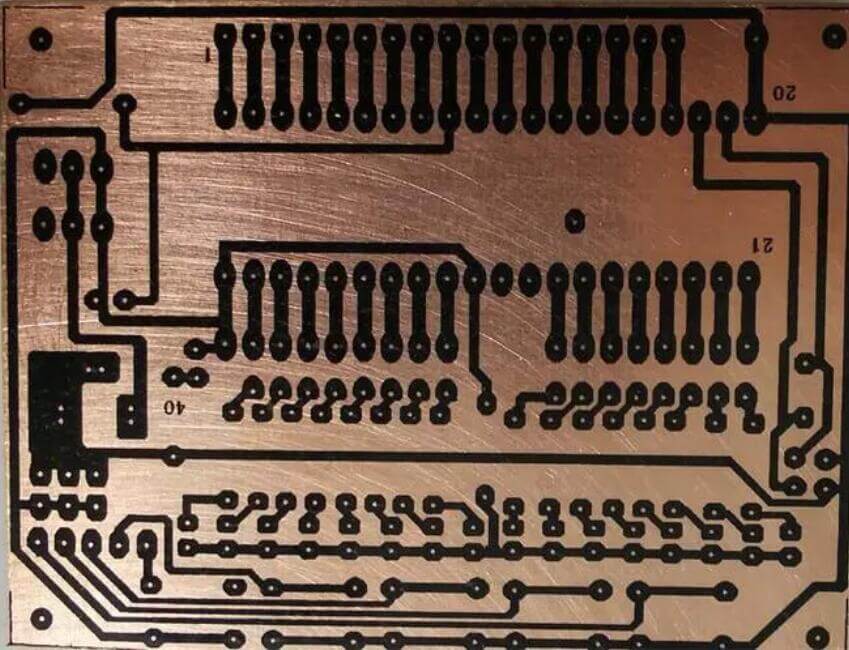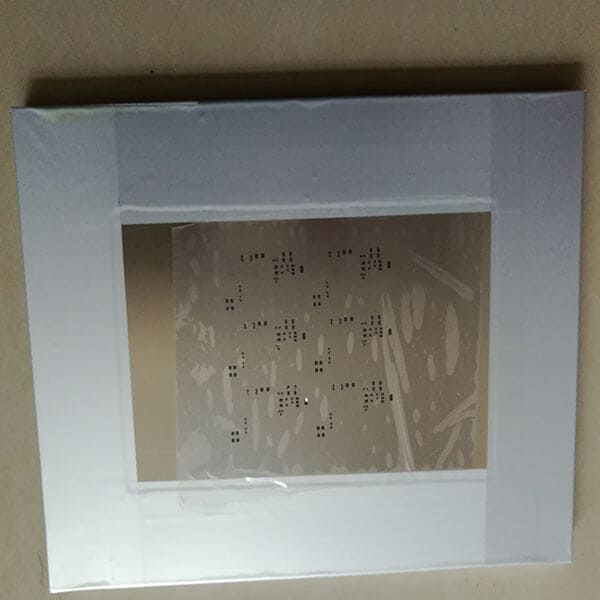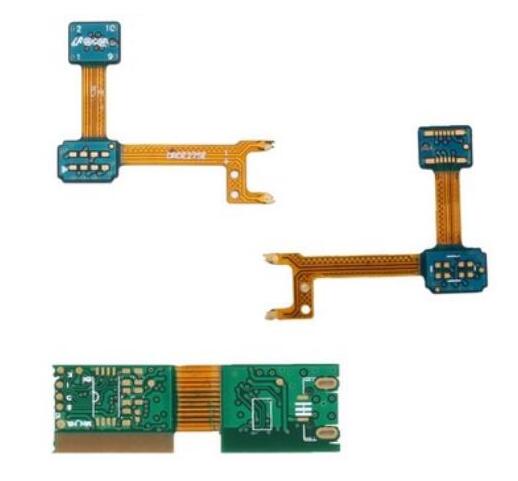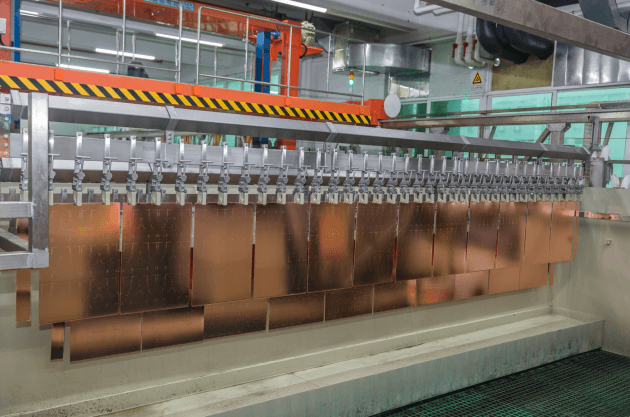Halogen-free boards are environmentally friendly materials. Halogen-free PCBs are made from halogen-free raw materials, and the resulting PCBs are called halogen-free PCBs.
What exactly is a halogen-free PCB circuit board?
Electronic products contain certain materials that contain the highest concentrations of halogens. In order to create a halogen-free PCB circuit board in electronic product PCB circuit boards, it is necessary to replace certain materials or reduce their use on the board. It is also necessary to determine how much to make the circuit halogen-free. Some alternative substances require special design considerations, which eventually need to be considered as well.
For now, most of the halogen-free plates are mainly phosphorus-based and phosphorus-nitrogen based. When the phosphorus-containing resin is burned, it will be decomposed by heat to generate metapolyphosphoric acid, which has a strong dehydration property, and forms a carbonized film on the surface of the polymer resin, which isolates the burning surface of the resin from contact with the air, and extinguishes the fire to achieve a flame-retardant effect. Polymer resins containing phosphorus and nitrogen compounds produce non-combustible gas when burned, assisting the resin system in flame retardancy. So, what are the characteristics of halogen-free plates?
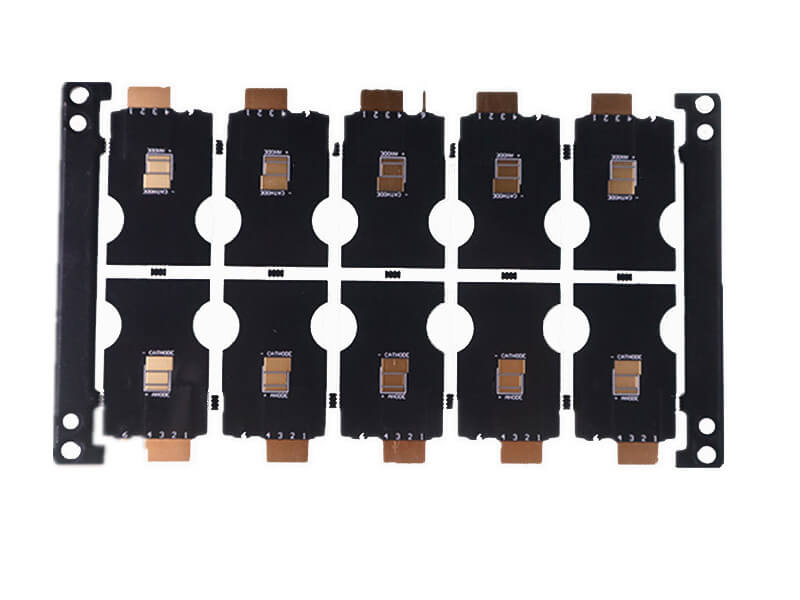
Halogen-free PCB Boards Features
1. Insulation of materials
Due to the use of P or N to replace halogen atoms, the polarity of the molecular bond segment of epoxy resin is reduced to a certain extent, thereby improving the quality of insulation resistance and breakdown resistance.
2. Water absorption of materials
Halogen-free boards have fewer electron pairs of N and P in nitrogen-phosphorus redox resins than halogens, and their probability of forming hydrogen bonds with hydrogen atoms in water is lower than that of halogen materials. The water absorption of its material is lower than that of conventional halogen-based flame-retardant materials. For boards, low water absorption has a certain impact on improving the reliability and stability of the material.
3. Thermal stability of the material
The content of nitrogen and phosphorus in the halogen-free sheet is greater than that of ordinary halogen-based materials, so the molecular weight and Tg value of its monomers have increased. In the case of heat, its molecular mobility will be lower than that of conventional epoxy resins, so the coefficient of thermal expansion of halogen-free materials is relatively small.
Compared with halogen-containing plates, halogen-free plates have more advantages, and it is the general trend for halogen-free plates to replace halogen-containing plates. At present, there are many kinds of halogen-free solder resist inks launched in the world. Their performance is not much different from that of ordinary liquid photosensitive inks, and their specific operations are basically similar to ordinary inks. Halogen-free PCB circuit boards usually have good heat dissipation and reliability, and are more suitable for the high-temperature process required by lead-free circuits. Also because of its low dielectric constant, signal integrity can be maintained. Therefore, the demand for halogen-free PCB circuit boards has been increasing.


